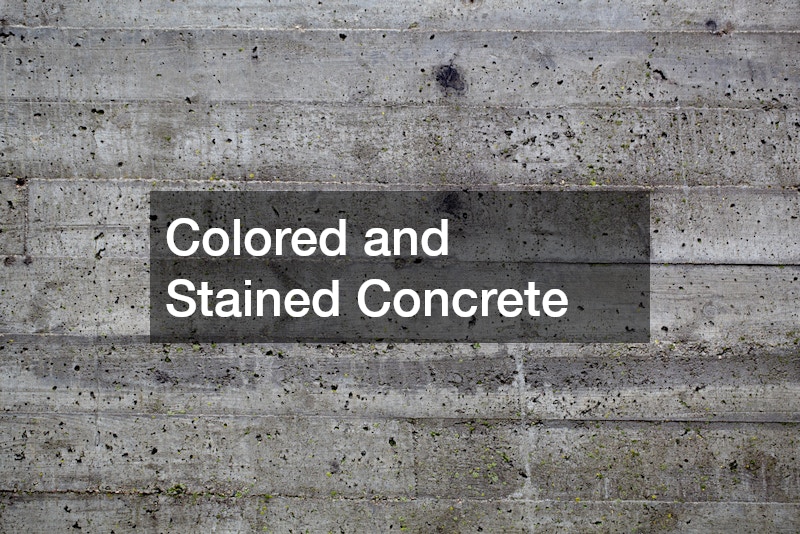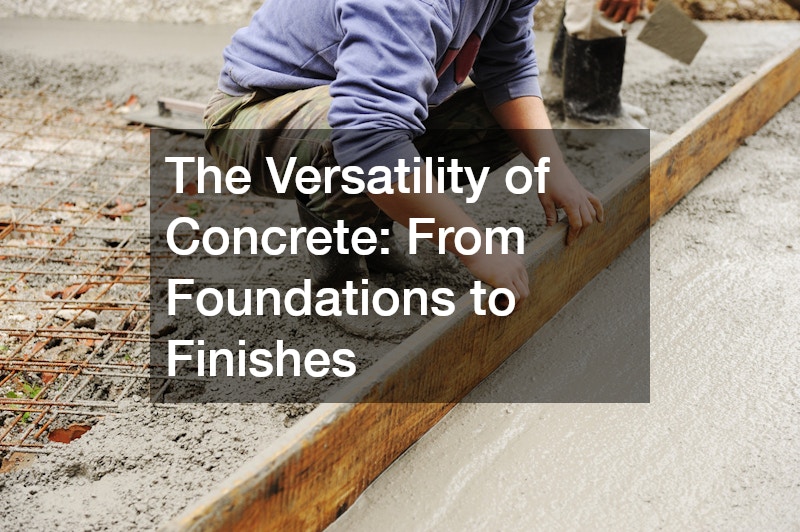Explore the multifaceted nature of concrete, a material known for its strength and utility in construction. From establishing secure foundations to creating aesthetically pleasing finishes, concrete plays a pivotal role in modern architecture and design. Its versatility and adaptability have made it a cornerstone material throughout history, essential for both practical and creative construction solutions.
Strength and Durability
Understanding the inherent strength and long-lasting nature of concrete, which makes it an ideal choice for various construction projects, is crucial. Concrete’s compressive strength allows it to withstand substantial loads, making it suitable for a plethora of structural applications. This enduring material stands resilient against environmental and man-made stressors, ensuring buildings and infrastructures remain safe and reliable.
Its durability translates into lower maintenance costs over a building’s lifetime, providing an economic advantage. Unlike other materials that might deteriorate faster, concrete maintains its integrity, supporting structures without the frequent need for repair or replacement. This inherent longevity is one reason why concrete remains a popular choice for foundational work in buildings and other architectural projects.
Cost-Effectiveness
Analyzing the economic benefits of using concrete reveals its affordability and widespread availability compared to other materials. The raw materials required for concrete production—cement, aggregates, and water—are abundant and less expensive on a global scale. This cost-effective foundation not only lowers initial construction expenses but also benefits communities with limited resources by making durable construction achievable.
In addition to its low upfront cost, the minimal maintenance needs of concrete structures translate into long-term savings. Buildings and infrastructures constructed with concrete require less frequent and less costly repairs compared to those built with alternative materials. As a result, homeowners, businesses, and governments can allocate their financial resources to other critical areas while enjoying the lasting stability of their concrete-based investments.
Versatile Applications
Concrete’s versatile applications span from structural components to decorative elements in buildings and infrastructure. It serves as the backbone in the creation of foundations, columns, beams, and other critical load-bearing elements of construction. Its application is not merely confined to structural purposes; architects and designers employ concrete for its decorative possibilities, using it in the crafting of sculptures, facades, and intricate surface designs.
The malleability of concrete when freshly poured allows for intricate designs that translate into permanent forms once set. Its capability to take on various shapes and textures enhances architectural creativity, offering endless possibilities for unique designs. From sprawling bridges and skyscrapers to customized interior elements, concrete’s application is limited only by the imagination and skill of the designer.
Resource Efficiency
Discussing the efficiency of concrete production demonstrates how it utilizes natural resources responsibly. The primary components of concrete, including cement and aggregates, are derived from natural, plentiful sources. Innovations in manufacturing processes have further enhanced this efficiency by reducing waste and minimizing energy consumption during production.
Efforts to improve the eco-friendliness of concrete reflect advancements in construction and material science. Technologies like carbon capture and the use of supplementary cementitious materials (SCMs) contribute to lowering the environmental footprint of concrete production. As these methods become standard practices, concrete continues to position itself as a material aligned with sustainable development goals.
Recycling and Reusability
Examining the opportunities for recycling concrete reveals its potential as an eco-friendly building material. Concrete debris from demolitions and construction waste can be recycled into aggregates for new concrete mixes. This recycling reduces the need for new raw materials and diverts waste from landfills, contributing to a circular economy in construction.
Technological advancements have further improved the efficiency of concrete recycling processes. Innovative techniques, such as advanced crushing and separation methods, enhance the quality and usability of recycled aggregates. As the construction industry increasingly adopts these practices, recycled concrete becomes a viable alternative that supports sustainable building initiatives.
Innovations in Green Concrete
Highlighting modern advancements in green concrete showcases efforts to reduce its environmental impact. Green concrete incorporates eco-friendly materials, such as fly ash, slag, and recycled aggregates, to replace traditional ingredients. These substitutions lower the carbon emissions associated with cement production and create more sustainable concrete blends.
New developments, like carbon nanomaterials and graphene additives, are further revolutionizing green concrete. These innovations enhance the material’s performance while incorporating sustainable practices at a molecular level. As research and development continue, these technologies are expected to become more mainstream, driving further improvements in green concrete’s effectiveness and accessibility.
Colored and Stained Concrete
Investigating colored and stained concrete techniques provides insight into enhancing the visual appeal of spaces. Integral coloring involves adding pigments to the concrete mix, creating uniform color throughout the slab. This method ensures that the color is permanent and is not affected by wear or abrasion.
In conclusion, concrete’s versatility makes it an indispensable material in the construction industry, offering numerous benefits from foundational support to decorative finishes. Its role in sustainable practices further underscores its importance in shaping the future of building and design. As innovations continue to emerge, concrete remains at the forefront of an evolving industry, balancing tradition and innovation in building practices around the world.

